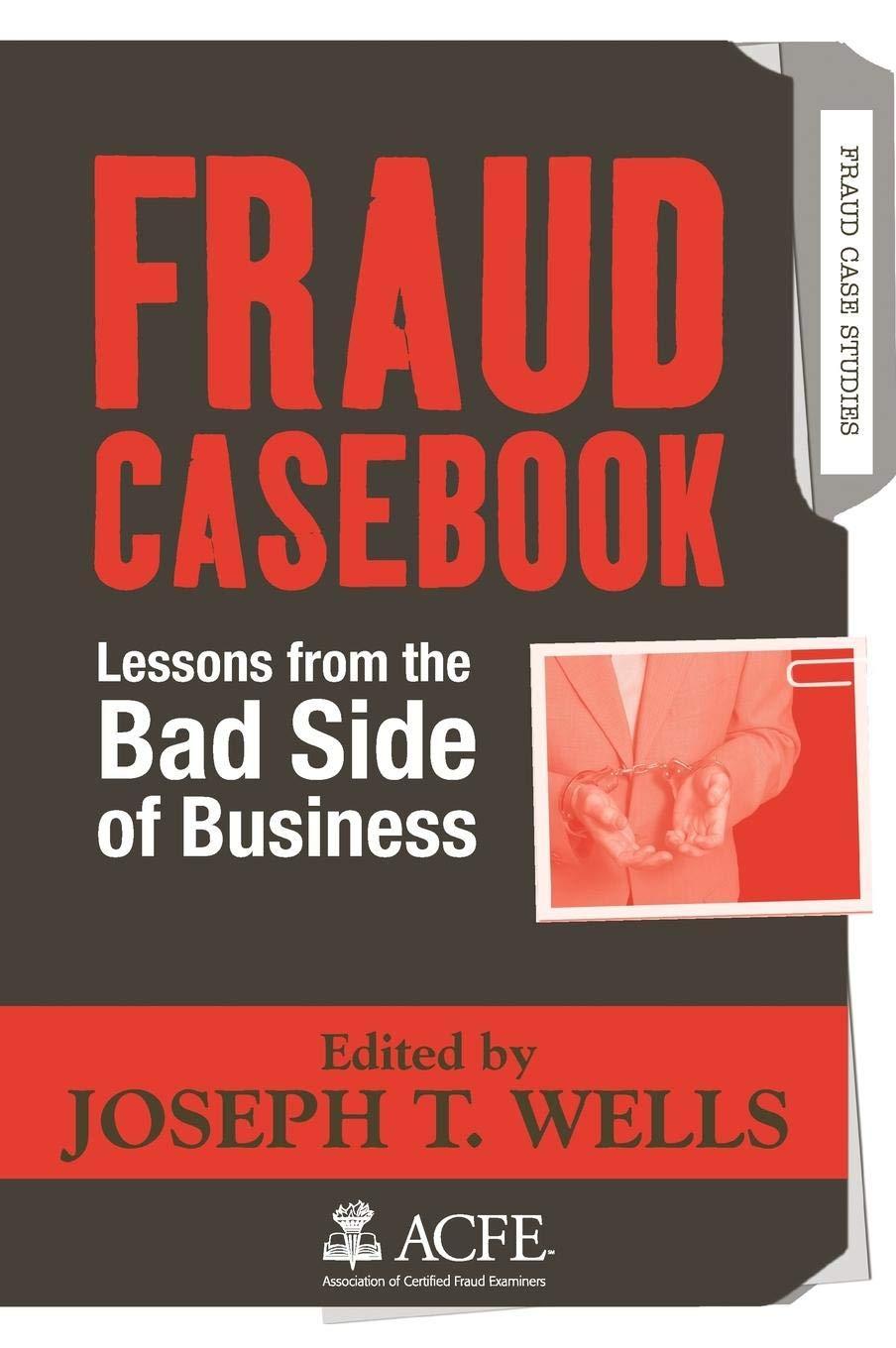Problem 11-2A Analyzing and computing payback period, accounting rate of return, and net present value LO P1, P2, P3 [The following information applies to the questions displayed below) Most Company has an opportunity to invest in one of two new projects. Project Y requires a $325,000 investment for new machinery with a six-year life and no salvage value. Project Z requires a $325,000 investment for new machinery with a five-year life and no salvage value. The two projects yield the following predicted annual results. The company uses straight-line depreciation, and cash flows occur evenly throughout each year. (PV of S1. EV of S1. PVA of S1, and FVA of $1) (Use appropriate factor(s) from the tables provided.) Project Y Project $370,000 $296,000 Sales Expenses Direct materials Direct labor Overhead including depreciation Selling and administrative expenses Total expenses Pretax income Income taxes (261) Net Income 51,800 74,000 133,200 26.000 205,000 85,000 22, 100 $ 62.900 37,000 44,400 133,200 26.000 240.600 55,400 14,404 $40.996 Problem 11-2A Part 1 Required: 1. Compute each project's annual expected net cash flows. Project Y Project 2 + value LO P1, P2, P3 (The following information applies to the questions displayed below.) Most Company has an opportunity to invest in one of two new projects. Project Y requires a $325,000 investment for new machinery with a six-year life and no salvage value. Project Z requires a $325,000 investment for new machinery with a five-year life and no salvage value. The two projects yield the following predicted annual results. The company uses straight-line depreciation, and cash flows occur evenly throughout each year. (PV of $1. FV of $1. PVA of $1. and FVA of $1) (Use appropriate factor(s) from the tables provided.) Project X Project $370,000 $296,000 Sales Expenses Direct materials Direct labor Overhead including depreciation Selling and administrative expenses Total expenses Pretax income Income taxes (26) Not Income 51,800 74,000 133,200 26,000 285,000 85,000 22,100 $ 62,900 37,000 44,400 133,200 26,000 240,600 55,400 14,404 $ 40,996 Problem 11-2A Part 2 2. Determine each project's payback period. Payback Period Choose Denominator Choose Numerator: Payback Period Payback period = 1 Project Y Project Z Most Company has an opportunity to invest in one of two new projects. Project Y requires a $325,000 investment for new machinery with a six-year life and no salvage value. Project Z requires a $325,000 investment for new machinery with a five-year life and no salvage value. The two projects yield the following predicted annual results. The company uses straight-line depreciation, and cash flows occur evenly throughout each year. (PV of $1. EV of $1. PVA of $1, and FVA of S1) (Use appropriate factor(s) from the tables provided.) Project Y Project Sales $370,000 $296,000 Expenses Direct materials 51,800 37.000 Direct labor 74,000 44,400 Overhead including depreciation 133,200 133,200 Selling and administrative expenses 26.000 26,000 Total expenses 285,000 240,600 Pretax income B5,000 55.400 Income taxes (261) 22, 100 14.404 Net Income $ 62,900 $ 40,996 Problem 11-2A Part 3 3. Compute each project's accounting rate of return Accounting Rate of Return Choose Denominator: Choose Numerator: 1 Accounting Rate of Return Accounting rate of return 1 Project Y Project Z Problem 11-2A Part 4 4. Determine each project's net present value using 9% as the discount rate. Assume that cash flows occur at each year-end. (Round your intermediate calculations.) Project Y Chart values are based on: Select Chart Amount X PV Factor Present Value $ - 0 Net present value Project Z Chart values are based on Select Chart Amount PV Factor Present Value $ 0 Net present value










